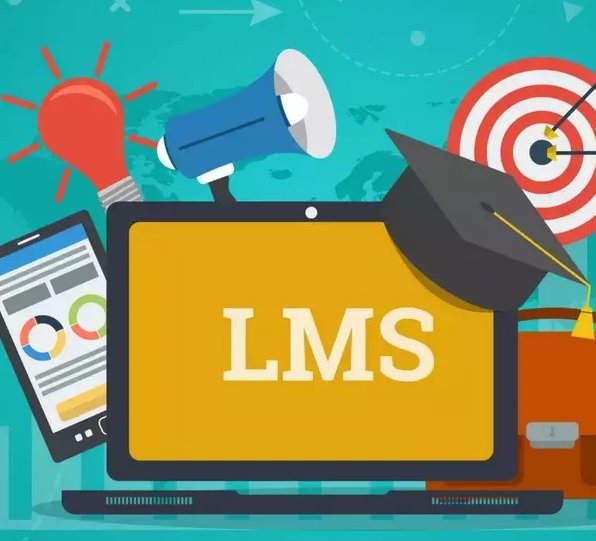Companies have now realised that LMS can help train their workforce better, but they do not know what suits them. There is an abundance of Learning Management Systems (LMS) in the market, every software different from the other. In fact, there are so many software available that complicate the process of finding the right LMS. Almost 30% of the companies are not satisfied with their LMS and wish to replace it. This clearly means that they did not make a wise decision and ran into the process of purchasing and implementing an LMS.

Implementing an LMS is a big decision. You have to extremely careful while choosing one, opting for a wrong LMS will actually set you back, both financially and mentally.
Below mentioned are some tips for finding the right LMS for Workforce Development that fills gaps and helps learners be more efficient.
1. Start by identifying current skill and performance gaps
You must be aware of your employees’ needs and areas of improvement. Talk to all the stakeholders who will be impacted by the implementation of an LMS. Stakeholders here means individuals or groups who will be affected by or can be affected by the LMS.
Think of the employees who will be taking the sessions from LMS. What are their requirements? How comfortable are they with technology? Get answers to such questions, and the process will become a lot smoother while making a decision.
2. Set a realistic budget
Setting up a budget will immediately eliminate software that do not fall under your price range. For example, if you have a limited budget, look for subscription-based software that do not involve high initial investments. Do not forget to consider the expenses involved in case you need add-ons.
3. Read reviews
Online reviews and rating enable you to see from an insiders’ perspective. The vendor will only highlight the key selling points, but it is essential to check how well the features mentioned on paper actually function in the real world. Make a detailed comparison between the pros and cons, and never forget to read the user experience ratings. If a lot of people have mentioned a poor user experience, there are high chances that you’ll also face the same issue.
4. Look for software with free trials
Most LMS vendors do not hesitate in providing free trials or demos. A free trial is the best way to test an LMS. Form a group of people from different teams that will be using the LMS and get their feedback. Remember to give high importance to the user experience offered by the LMS. If you have any doubts or clarifications, set up a meeting with the vendor.
5. Evaluate the tech-support
What if you design a course and it gets stuck while uploading and the system crashes? You call the customer support, but they ask you to email the issue and resolve it after five working days. Such scenarios are a setback to your training program. Make sure that the support offered by the vendor and the product company is robust and quick.
6. Look for ML-driven software
A good LMS will smoothly manage the whole training program, but an intelligent LMS will analyse the learner’s progress and behaviour to identify knowledge gaps. This will give a clear picture of the departments that need improvement.
7. A video component
A new-gen LMS should have a component that supports video-based learning. The modern workforce like to learn by seeing instead of reading plain texts. The importance of video content cannot be ignored as videos account for more than 70 per cent of internet traffic in 2019.
Conclusion
You need an LMS that delivers a smooth learning experience to your workforce, offers support when needed, fills performance gaps, and suits your budget. You should evaluate all the points mentioned above and then chose the LMS that is right for you.